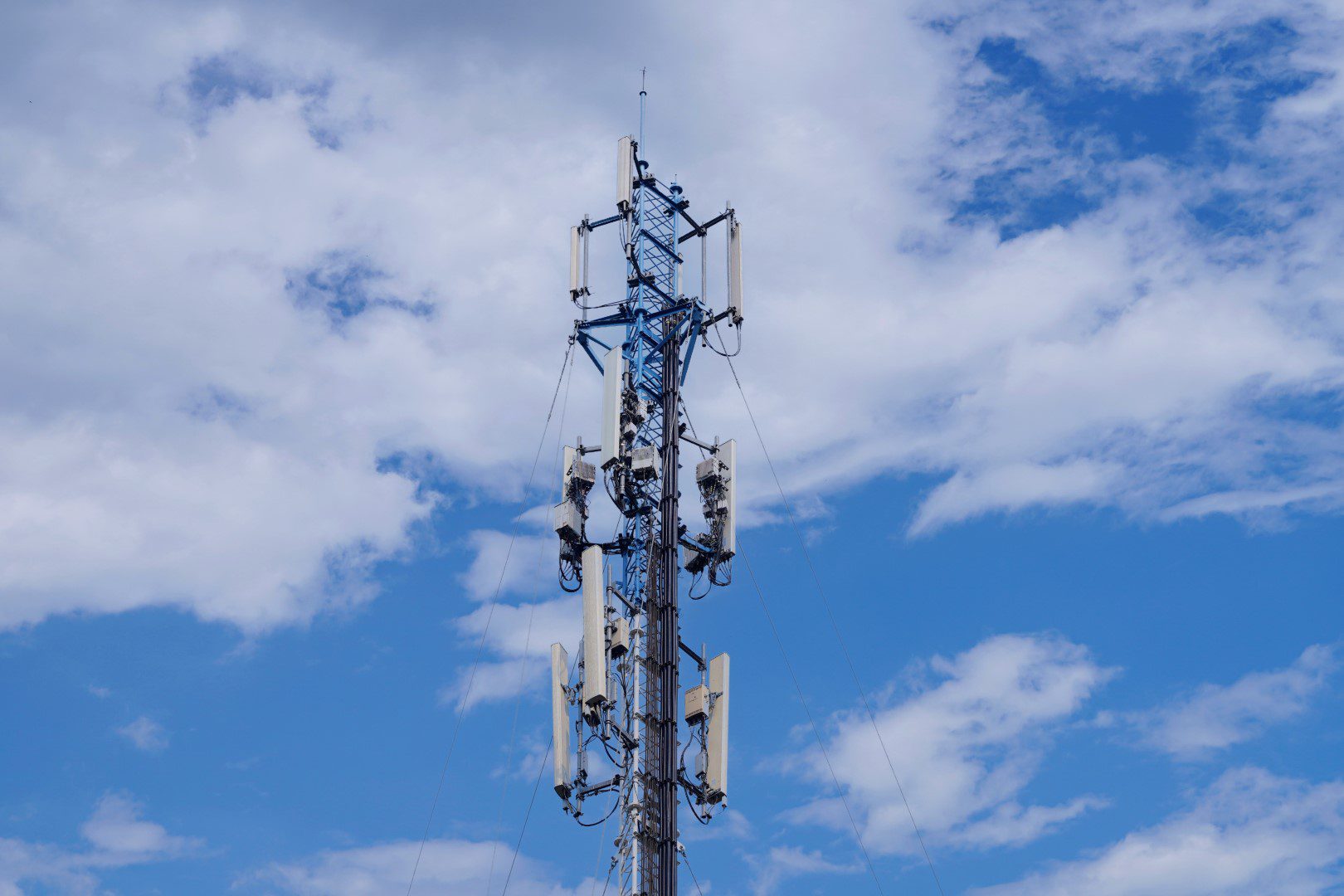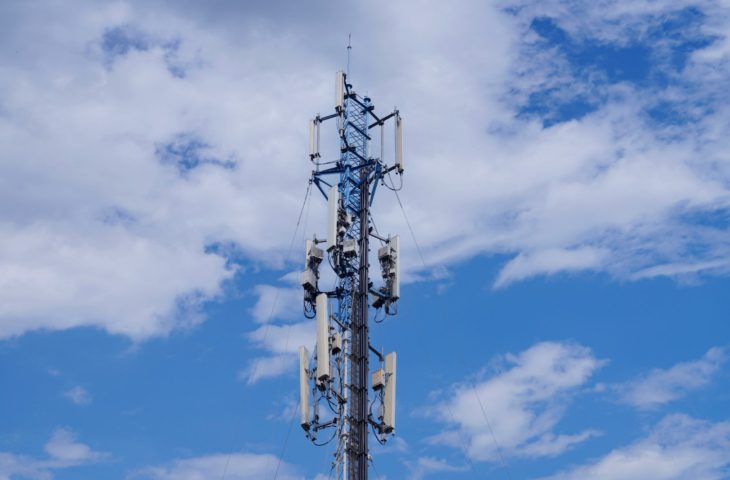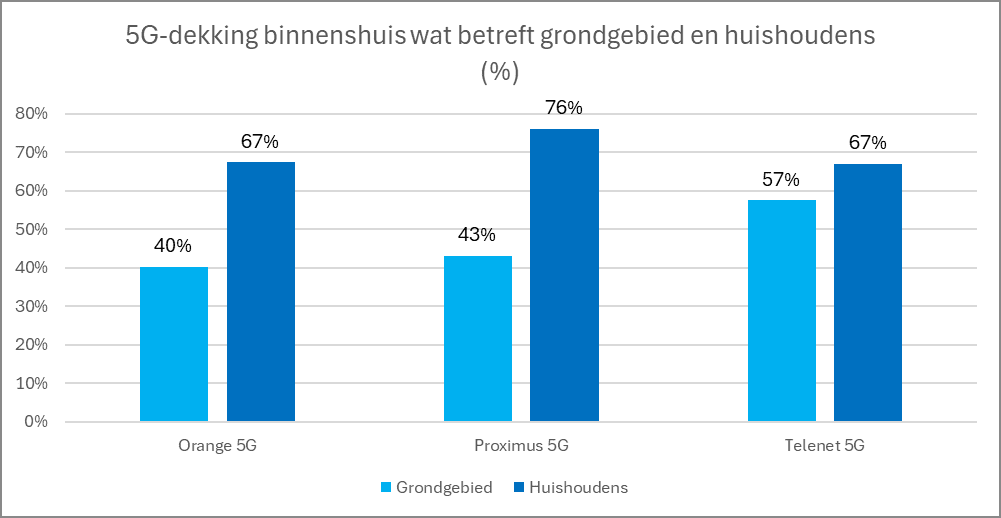5G reaches 95 percent of Belgian households
- June 28, 2024
- 0
BIPT sees rapid progress in the rollout of 5G in Belgium. 95 percent of households are covered outdoors, 76 percent indoors. BIPT is tracking (in the truest sense
BIPT sees rapid progress in the rollout of 5G in Belgium. 95 percent of households are covered outdoors, 76 percent indoors. BIPT is tracking (in the truest sense


BIPT sees rapid progress in the rollout of 5G in Belgium. 95 percent of households are covered outdoors, 76 percent indoors.
BIPT is tracking (in the truest sense of the word) the progress of 5G networks in Belgium. Earlier this week, the telecommunications regulator announced figures on the increasing importance of 5G in mobile data traffic. This increase is only possible with sufficient coverage. According to BIPT, this is a good thing: 5G now reaches 95 percent of Belgian households.
There is a small caveat to this statement: the coverage level outdoors is higher than indoors. Outdoors, 95 percent of Belgian households are equipped with a 5G network in their area, but this 5G connectivity does not reach everyone. A good 76 percent of households are also covered indoors. The figures are based on a measurement in April.
The BIPT coverage maps also compare the three major providers. Outside the home, Telenet is the most widespread 5G provider. The network infrastructure reaches 85 percent of the territory and 95 percent of households. Proximus follows with 75 percent and 92 percent respectively, and Orange can go a step further with 63 percent and 83 percent respectively.

If we look at indoor coverage, Telenet is also the largest in terms of area reached: 57 percent compared to 43 percent for Proximus and 40 percent for Orange. Proximus manages to reach 76 percent of households, perhaps due to a strong presence in cities. Both Telenet and Orange note that 67 percent of households live indoors.

The rollout of 5G is not progressing at the same speed everywhere in our country, notes the BIPT. The rollout usually starts in densely populated urban areas before extending coverage to less densely populated regions. In general, coverage is higher in the Flemish Region and the Brussels-Capital Region than in the Walloon Region. The differences between regions are gradually becoming smaller.
BIPT figures show that, despite the slow start, 5G is gradually becoming ubiquitous in Belgium. This transition may involve some growing pains. The rollout of 5G is taking place at the same time as the phase-out of 3G networks. In addition, the current 4G network is reaching its saturation point due to the large number of users. In rural areas in particular, this may lead to temporary disruptions in connectivity or service quality in the short term.
In the long term, 5G will ensure faster and more stable mobile internet. But fixed-line internet is also getting better and better in Belgium. The number of gigabit connections grew by 59 percent in 2023. That is far from the end: the three major telecommunications operators are racing to provide 10 Gbit/s internet.
Source: IT Daily
As an experienced journalist and author, Mary has been reporting on the latest news and trends for over 5 years. With a passion for uncovering the stories behind the headlines, Mary has earned a reputation as a trusted voice in the world of journalism. Her writing style is insightful, engaging and thought-provoking, as she takes a deep dive into the most pressing issues of our time.